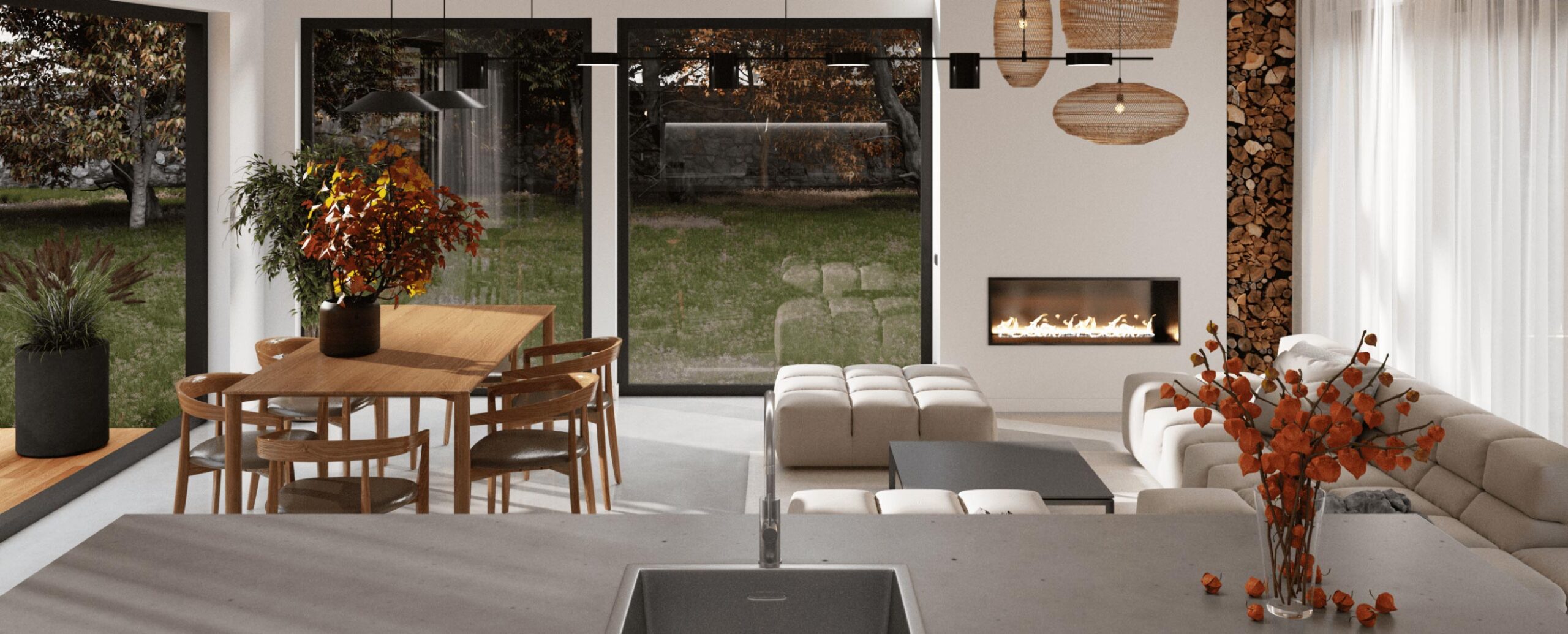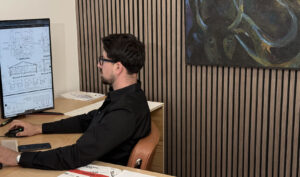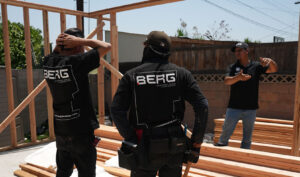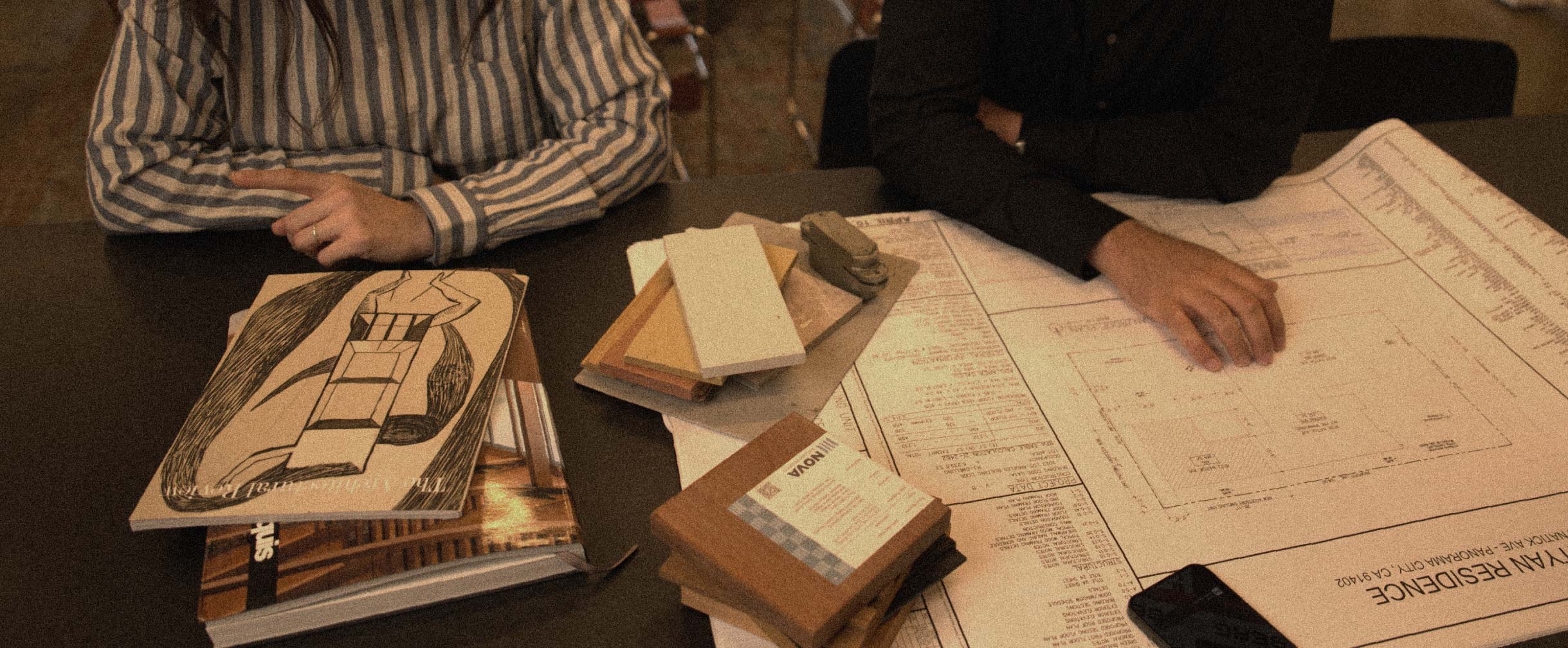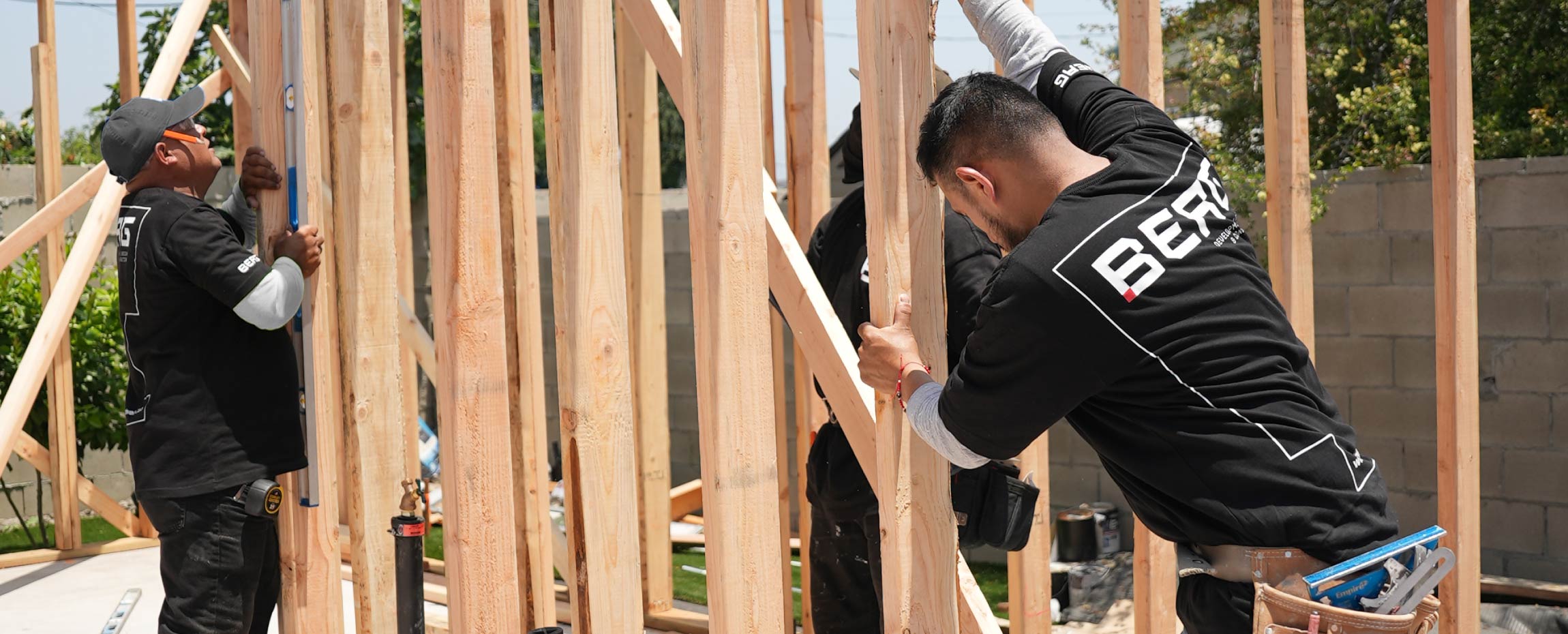When most homeowners think about construction, they picture blueprints, permits, and hammers swinging. But the way your project is delivered – the contractual and organizational structure behind the build – can be the difference between a smooth, on-budget remodel and a stressful, expensive one.
Three models dominate residential and small-scale development today: design-build, design-bid-build, and construction management at risk (CMAR). Each comes with unique benefits, risks, and budget implications. Let’s break them down.
What is design-bid-build?
Design-bid-build is the most traditional method. The homeowner hires an architect to design the project, then puts the plans out to bid with multiple contractors. The lowest bidder is often awarded the work.
Pros:
- Competitive bidding may lower upfront construction cost.
- Clear separation between design and construction roles.
Cons:
- Architects may design without budget input, leading to cost overruns.
- Contractors may cut corners to meet the lowest bid.
- High risk of disputes between architect and contractor.
- Change orders are common and expensive.
This model works best for straightforward projects with well-defined scopes where cost competition outweighs speed and collaboration.
What is design-build?
In design-build, the homeowner hires one entity (a firm like BERG) to handle both design and construction. The architect and builder work together from day one.
Pros:
- Single point of responsibility – less finger-pointing.
- Early cost input ensures the design matches the budget.
- Faster schedules due to overlapping design and construction.
- Collaborative problem solving throughout the process.
Cons:
- Less opportunity for competitive bidding.
- Homeowner relies heavily on the integrity and transparency of one firm.
Design-build is often the most efficient choice for ADUs, remodels, and custom homes where time, coordination, and cost control are priorities.
What is construction management at risk (CMAR)?
In CMAR, the homeowner hires a construction manager early in design. The CM advises on costs, schedule, and constructability while the architect develops the plans. Later, the CM acts as the general contractor and guarantees a maximum price (the GMP).
Pros:
- Early cost and schedule guidance without fully committing to a contractor.
- Potentially lower risk of budget blowouts due to GMP.
- Strong collaboration between design and construction.
Cons:
- Requires trust and alignment between homeowner, architect, and CM.
- Less common in residential projects, more typical in commercial.
- May involve higher fees for the CM’s advisory role.
CMAR can be a strong choice for large, complex projects but is less typical for small-scale residential builds.
Which method protects your budget?
- For most homeowners: design-build offers the best balance of cost control, schedule, and accountability.
- For budget-sensitive, straightforward projects: design-bid-build may deliver lower upfront cost but carries risk of change orders.
- For complex or large-scale builds: CMAR provides strong oversight and risk management but may cost more in fees.
The BERG approach to delivery
At BERG, we primarily operate as a design-build firm because it allows us to:
- Align your design with your budget from day one.
- Provide open-book cost models so you see where every dollar goes.
- Compress timelines by overlapping design, permitting, and construction.
- Give you a single point of accountability for the entire project.
For select projects, we also collaborate in hybrid roles, tailoring delivery to client needs.
Conclusion: choose the model that fits your goals
The right project delivery method isn’t one-size-fits-all. It depends on your timeline, budget priorities, and risk tolerance. But for most Los Angeles homeowners, design-build offers the smoothest path to a finished project with fewer surprises.
Want to see how design-build could simplify your remodel or ADU? Contact BERG today for a free consultation.

